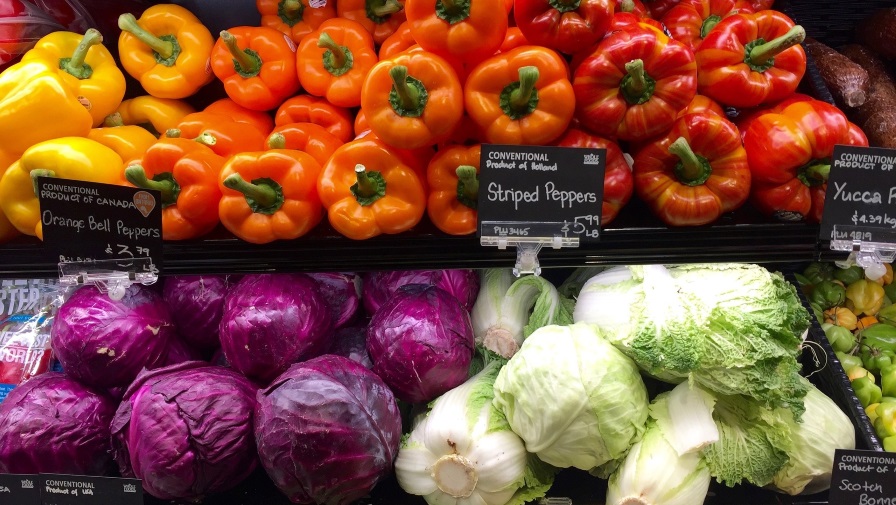Even in Good Years, California Citrus Growing Isn’t Without Challenges
As we enter the fall months, it is safe to say the 2017-18 California citrus crop year was a success. All varieties of fresh citrus achieved positive net revenues for growers, and some would say this past season was better than the previous season by a significant margin. But you’re only as good as that last pool statement, and dark clouds are on the horizon.
We are off and running for new season lemons, mandarins, and navel oranges. The tremendous heat this past summer bodes well for flavor. Size structure remains a bit unknown with fall rains impacting the size of fruit. Exterior quality and shape all are positive at this juncture. But how cold will it get, which we need, and what will be our export opportunities? Off-shore distribution channels, primarily in Asia, are being impacted by disputes over other business sectors. The industry is striving to not be collateral damage, but the odds are not in our favor.
The cost of farming has increased slightly, if we’re talking inputs. If we’re talking government or customer-imposed costs, the increase is massive. The customer base is not uniform in their carton size needs. To differentiate themselves they seek different dimensions, which require retooling of lines as fruit is packed for each customer. The standard 40-pound carton still dominates, but the inventory for other sizes has exploded. Technology helps tremendously. Cartons continue to whiz through packinghouses, fruit jumps off conveyors, depending on size, and grade and interior quality is determined by a simple click of the computer. But carton requirements reduce efficiencies.
Regulations Take a Bite
Also slowing efficiency and adding costs are duplicative food safety inspections. The passage of the Food Safety Modernization Act (FSMA) is not the issue. Regulations imposed for implementing FSMA created a broad brush that does not fit all commodities within the fruit, vegetable, and nut sectors. Furthermore, customers have succumbed to the pressures of a cottage industry and their lawyers imposing their own version of a food safety audit on citrus packinghouses and their growers. FDA could have — should have — categorized risk by commodity. Instead, with the exception of a handful of vegetables that have to be cooked, all items were classified equal in risk.
For the California citrus industry, this was appalling. Science indicates, and history continues to prove, California citrus is not in the same risk category as other fresh fruits and vegetables. Citrus grows on trees, the skin is peeled to access the edible portion, and the acidic nature of the fruit prevents bacteria buildup. Yet FDA stipulates we need more proof. The cottage industry of auditors convinced the customer base they could differentiate themselves from competition in the marketplace by marketing their product as safer than their competition. It’s insane and costly. A packinghouse audit is at least $2,500, and a field audit is at least $1,500. And they are duplicated to placate a precautionary principle that is not real.
But sanity is on the horizon, maybe. Citrus Mutual hosted FDA officials this past summer who saw first-hand the precautions this industry takes in the packinghouse. They saw how fruit is grown and why irrigation water is not a concern. They learned drip irrigation and growth on a tree preclude bacterial contamination. The goal is not to relieve the industry of any burden; it is to make the food safety program burdens correspond to the risk. If the fruit packed is free of bacteria, what else is there to know? The California citrus industry will always advocate for a safe food supply and will always support the need for a periodic audit at the packinghouse, but not in the field or several within a season.
Activists Make Their Mark
This misguided, costly, and wasteful food safety effort carries over into the perception of farming. The use of crop protection tools, wasteful water practices, and air quality challenges are all part of the regulatory environment. For the citrus grower, the hijacking of issues by environmental activists regarding bees, crop protection tools, and colony collapse disorder is an effort based upon emotion and perception.
Colony collapse disorder was, and is, real. It is akin to Huanglongbing (HLB) for the citrus industry, which is a disaster for our colleagues in Florida. But bee deaths are not climbing. Colonies are at numbers today equal to or greater than they were a decade ago, and crop protection tools are not the issue. Furthermore, labels are very clear as to what material can be used at what time to better protect bees. But activists carefully ignore that the Varroa mite runs rampant because colony inspections were allowed to lapse. They conveniently ignore the role of a virus that decimates populations. They conveniently ignore that two-thirds of our food production does not require pollination. And for the California citrus producer fighting to protect a $3.3 billion industry against the spread of HLB and its vector the Asian citrus psyllid; we are the victims of our own accommodation.
Citrus does not require bees. Bees want access to citrus for the honey. After a tiring three months pollinating almonds, cherries, kiwi, and a few other commodities, beekeepers locate their hives adjacent to citrus. Bees then trespass to our blooming trees and access the honey. There is no compensation, only accommodation. We cease farming practices when bees are in the vicinity, defined as six miles. We treat as necessary at night, all the while allowing bees to access citrus blossoms. Ever try picking fruit with a swarm of bees in the area?
In essence, citrus growers offer beekeepers a period of time to maximize their economic opportunity and reenergize their bees, which minimizes citrus farming practices that, if not addressed properly, affect the grower’s economic opportunity.
Mother Nature is not the citrus producers’ biggest challenge. It is false perceptions, flawed regulations, and activist inroads. But somehow, the California citrus producers manage to sustain their role as the nation’s provider of fresh citrus and, by default, have become the nation’s No. 1 producer of citrus in general.










